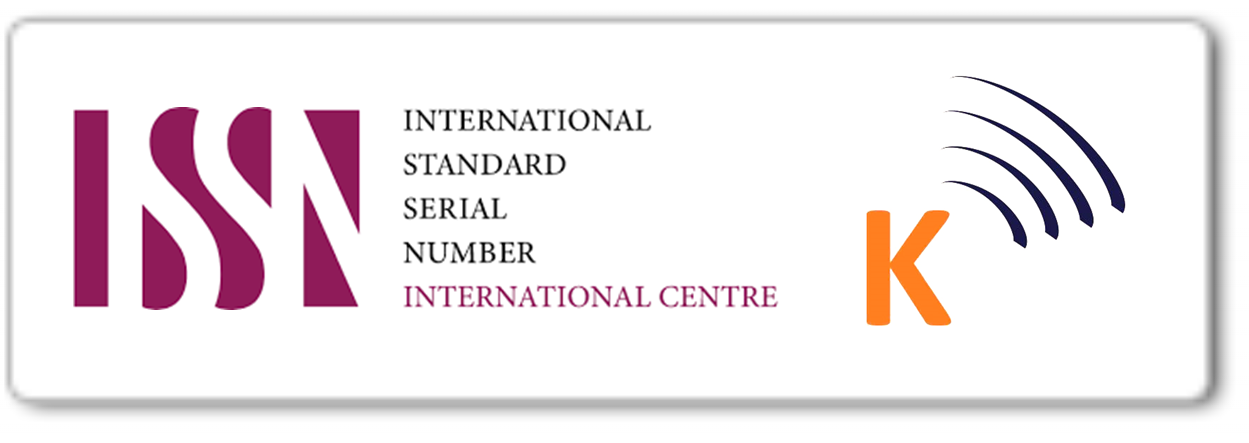PENGEMBANGAN KREATIVITAS INOVATIF MELALUI PEMBELAJARAN DIGITAL
Keywords: creativity, digital learning, innovation, inovasi, kreativitas, pembelajaran digital
Abstract
Digital learning is a current mode of education today, triggered by the rapid development of information and communication technology in the era of Industrial Revolution 4.0. This mode of learning has the capacity to develop the potential and abilities of students, not only in knowledge but also in life skills, especially in terms of innovative creativity which is an important capital in the era of 21st Century. This article discusses the concept of digital learning, readiness for usage, and its role in developing students' innovative creativity.
Pembelajaran digital merupakan modus pendidikan masa kini yang dipengaruhi oleh perkembangan pesat teknologi komunikasi dan informasi pada era Industrial Revolution 4.0. Modus ini mempunyai potensi untuk mengembangkan potensi dan kemampuan anak didik bukan saja dalam hal pengetahuan tetapi juga dalam life skills, khususnya dalam hal kreativitas inovatif yang menjadi modal penting dalam kehidupan era Abad 21. Artikel ini membahas tentang pengertian pembelajaran digital serta kesiapan untuk menggunakan, dan perannya dalam pengembangan kreativitas inovatif mahasiswa.
Downloads
References
Balachandar, R. A. (2015). How to win "Digitization vs Digitalization" debate? A boring post. Linkedin, https://www.linkedin.com/pulse/how-win-digitization-vs-digitali-zation-debate-boring-r-a.
Bauer, J., & Kaufman, J. C. (2006). Creativity research in English speaking countries. In J. C. Kaufman, & R. J. Sternberg (Eds.), The international handbook of creativity. New York, NY: Cambridge University Press.
Craft, A. (2001). Little c creativity. In A. Craft, B. Jeffrey, & M. Leib-ling (Eds.), Creativity in education. London: Continuum.
Craft, A. (2005). Creativity in schools: Tensions and dilemmas. London: Routledge. doi:10.4324/9780203357965.
Feldman, D. H., & Benjamin, A. C. (2006). Creativity and education: An American retrospective. Cambridge Journal of Education, 36, 319-336. doi:10.1080/ 03057640600865819.
Fryer, M. (1996). Creative teaching and learning. London: Paul Chap-man Publishing Ltd.
Jackson, N., Oliver, M., Shaw, M., & Wisdom, J. (Eds.). (2006). De-veloping creativity in higher education: An imaginative curriculum. London: Routledge.
James, V., Lederman, G. R., & Vagt-Traore, B. (2004). Enhancing creativity in the classroom. In M. Orey (Ed.), Emerging perspectives on learning, teaching, and technology. URL (last checked 8 May, 2006) http://www.coe.uga.edu/epltt/ creativity.htm.
Little, W., Onions, C., & Friedrichsen, G. (1973). The shorter Oxford English dictionary. Oxford: Oxford at the Clarendon Press.
Managed Outsource Solution. Diunduh 20 Nop. 2017 http://www.managedout-source.com/blog/2007/10/advantages-of-digitization.html.
Maslow, A. H. (1996). Future visions: The unpublished papers of Abraham Maslow (E. Hoffman, Ed.). Newbury Park, CA: Sage.
Moore, J. L., Dickson-Deane, C., & Galyen, K. (2011). e-Learning, online learning, and distance learning environments: Are they the same? Internet and Higher Education, 14(2), 129-135. Retrieved from https://scholar.vt.edu/access/ content/group/5deb92b5-10f3-49db-adeb7294847f1ebc/e-Learning%20Scott %20Midkiff.pdf.
Moyle, K. (2010) Building Innovation: Learning with technologies. Australian Council for Educational Research.
Mulgan, G, & Albury, D. (2003). Innovation in the Public Sector, Cabinet Office Strategy Unit, United Kingdom Cabinet Office.
Robinson. (1999). All our futures: Creativity, culture and education. National Advisory Committee on Creative and Cultural Education London: HMSO.
Sahlberg, P. (2009). Innovation and Creativity. Lifelong Learning in Europe.
Schwab, K. (2016). The Fourth Industrial Revolution. World Economic Forum.
Schwartzbeck, T.D & Wolf, M.A. (2012). The Digital Learning Imperative: How Technology and Teaching Meet Today’s Education Challenges. New York: Alliance for Excellent Education.
Seel, N.M. ed. (2012). Encyclopedia of the Sciences of Learning. Springer.
Smith. G. J. W. (2005). How should creativity be defined? Creativity Research Journal, 17, 293-295. doi:10.1207/s15326934crj1702&3_14.
Thomas, M., Palfrey, J., Warschauer, M. (2016). Digital Education and Learning Series. London. Macmillan Publishers Ltd.







